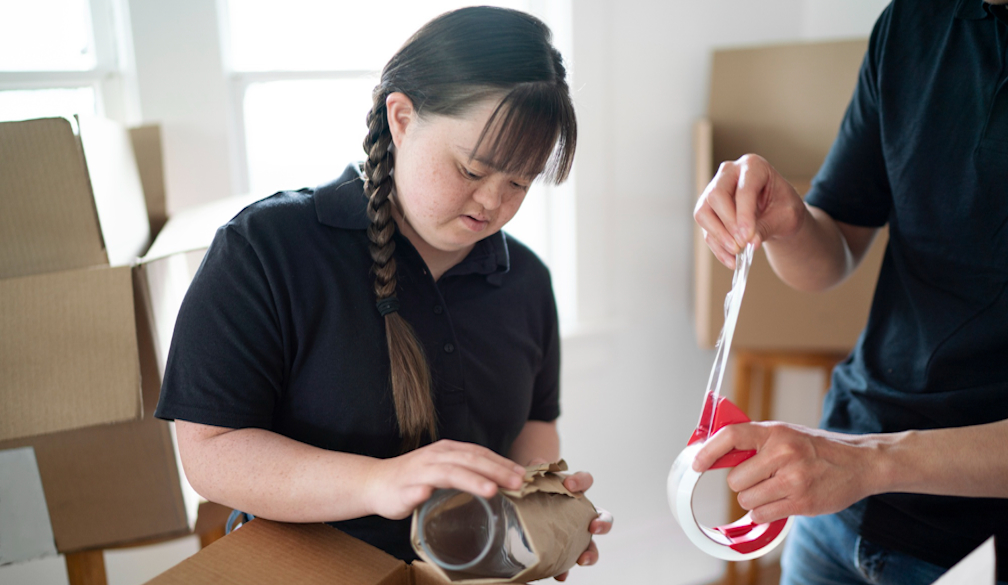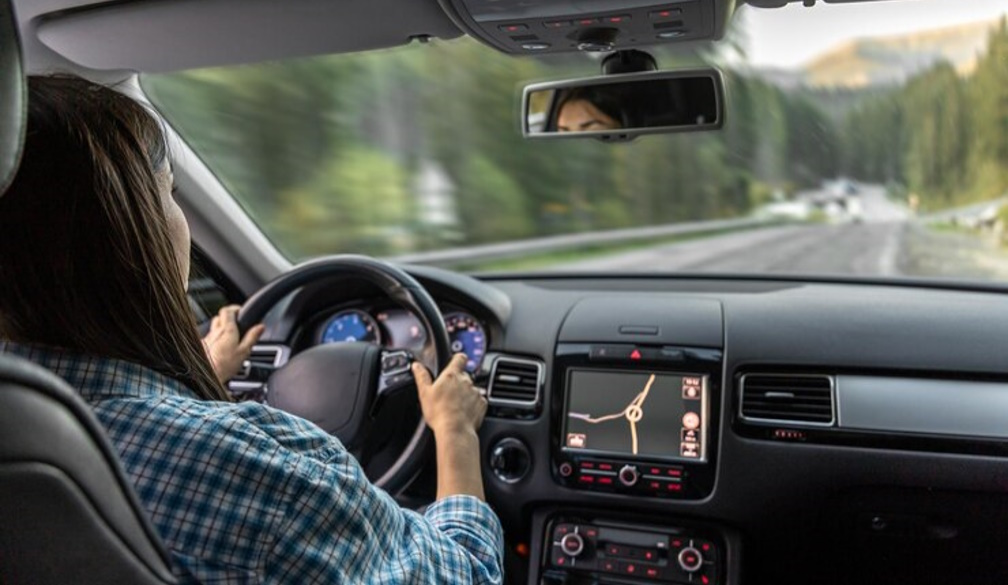When relocating, how should glasses be packed?

Your valuables are essential to you, and you want them to arrive securely in your new home.
The time and effort spent understanding the best way to pack glassware for moving is well worth it. You can enjoy your favorite cup of coffee in your new home with the correct packing materials and methods.
1) First and foremost, maintain only the glasses you want to use.
Moving is often the perfect time to organize your stuff and eliminate superfluous items. As a result, you will need to choose which plates, cups, and glasses to keep.
Here are some suggestions for the ones you think you can let go of:
If you last used your plates or stemware a decade ago, sell or donate them. You can save money on supplies and cartons while reducing packing time.
Consider holding a yard or garage sale. In addition to making money quickly, you will not have to discard any lovely plates or glasses.
Use classified networks such as Gumtree to market your glassware to potential customers.
Contribute them to a worthy cause.
2) Gather all of your packaging supplies.
The selection of adequate packing materials is just as crucial as the proper packing of the glassware. The following are some of the services offered by removalists in Earlwood.
Wrapping paper for medium-sized moving boxes made of double-corrugated, Wrap decorative cardboard compartments with bubble wrap, We streamlined the packaging tape dispenser and Durable marking.
All of your glasses should be crafted from high-quality, newly manufactured materials. Used boxes tend to shrink and disintegrate. The new cardboard boxes will remain intact during the transport. Medium-sized boxes are preferred over large boxes since they have the potential to become extremely heavy when packed.
Unlike duct or masking tape, packaging tape may survive damage while being relocated. A tape dispenser can help you apply tape uniformly and securely. White wrapping paper is more suitable for your eyewear than newspaper paper.
3) Assemble the containers.
If the moving boxes are correctly assembled, your glassware will remain unbroken during the relocation. Robust and comprehensive duct tape should be used to securely adhere to each cardboard box's bottoms. Wrap the tape around the container's base using the duct tape dispenser and halfway up each edge.
4) Prepare the Vats.
While in transit, your fragile glassware should be placed gently on a layer of packing paper or another cushiony material. Line the bottom of each moving box with crumpled packing paper, leaving six inches of space.,
Using enough paper is always a brilliant idea. If you buy packing paper ahead of time, you won't have to deal with shattered dishes in your new house.
5) Show each thing independently.
To protect your glassware, wrap each item in its layer of wrapping paper.
Before wrapping:
Ensure you're on a flat, comfortable surface, such as a table.
Prepare a layer of packing paper to cover the area.
When wrapping stemware, plates, glasses, or cups, do not drop any of the pieces.
Remember that breaking glass shelves into shards is normal, especially with more expensive versions made in China. The glass shelf is sensitive, so avoid banging it against anything since this may result in scratches or breakage.
When attempting to move or pack a glass shelf, you should be aware of the possibility of injury to yourself. Take glass shelves, for example; they are likely heavy and cause significant pain if dumped on the foot.
Another risk is getting cut by sharp edges. As a result, while keeping a glass shelf, you should always use gloves.
Finally, the cost of repairing glass shelves if damaged is high, so they should be packaged with extra care. Avoid those expensive replacement shelves if possible!
The following items may be handy when packing a glass shelf.
Materials include bubble wrap, blankets, cardboard, and packing paper.
6) Use boxes to store glassware.
Take all required care before packing your glassware. The heaviest and most durable things should be stored towards the bottom of the cardboard box. Use cardboard dividers to separate glasses, cups, and stemware and keep them from rolling around.
Keep going even without dividers. Any quantity of crumpled paper between the glasses allows them to be stacked.
Typically, it is ideal to stack elements of the same size. When storing cups or other heavy things, stack smaller pieces inside larger ones.
Line up plates of the same size in your containers. When leaves are stacked flat, they are more likely to break.
Keep loading the box with wrapped glasses until there's about three inches of space at the top. Fill in the empty spaces on top, along the borders, and between the stacks with pressed paper or bubble wrap. There should be no movement or touch between any glass products. After that, you should be able to close the box flaps quickly.
You may double-box anything, even stemware and other fragile things. Crumbled paper can be used to add a layer of padding to a larger box. Put the smaller box with the glasses into the larger one.
Be aware that a removalist may stack your boxes on top of one another. If a package is overfilled, the bottom collapses, and if there is too much space inside, the glass cracks due to compression. When you tap the top of any package, you should not see any dents or squishes.
7) Be sure to label all of your boxes and tape.
Make sure each item is appropriately sealed with wide packaging tape. Wrap the tape around the aperture and run it halfway down the side of the box. The second and third strips of tape should run opposite the first.
Mark the side of each container with "fragile" and "this side up" in permanent marker. When you move removalists Ryde into your new house, you'll appreciate how much time you saved by precisely identifying each box's contents.
Give everything a specific label. Instead of "cups" or "glasses," use "coffee cups" or "juice glasses." Getting your child's cereal bowl out of its stemware container every morning is a challenge in and of itself.
The end effect is well worth the time and effort spent packing glassware. Unpacking at your new house will make you happy when you notice that your glasses, dishes, and cups are in good condition.




